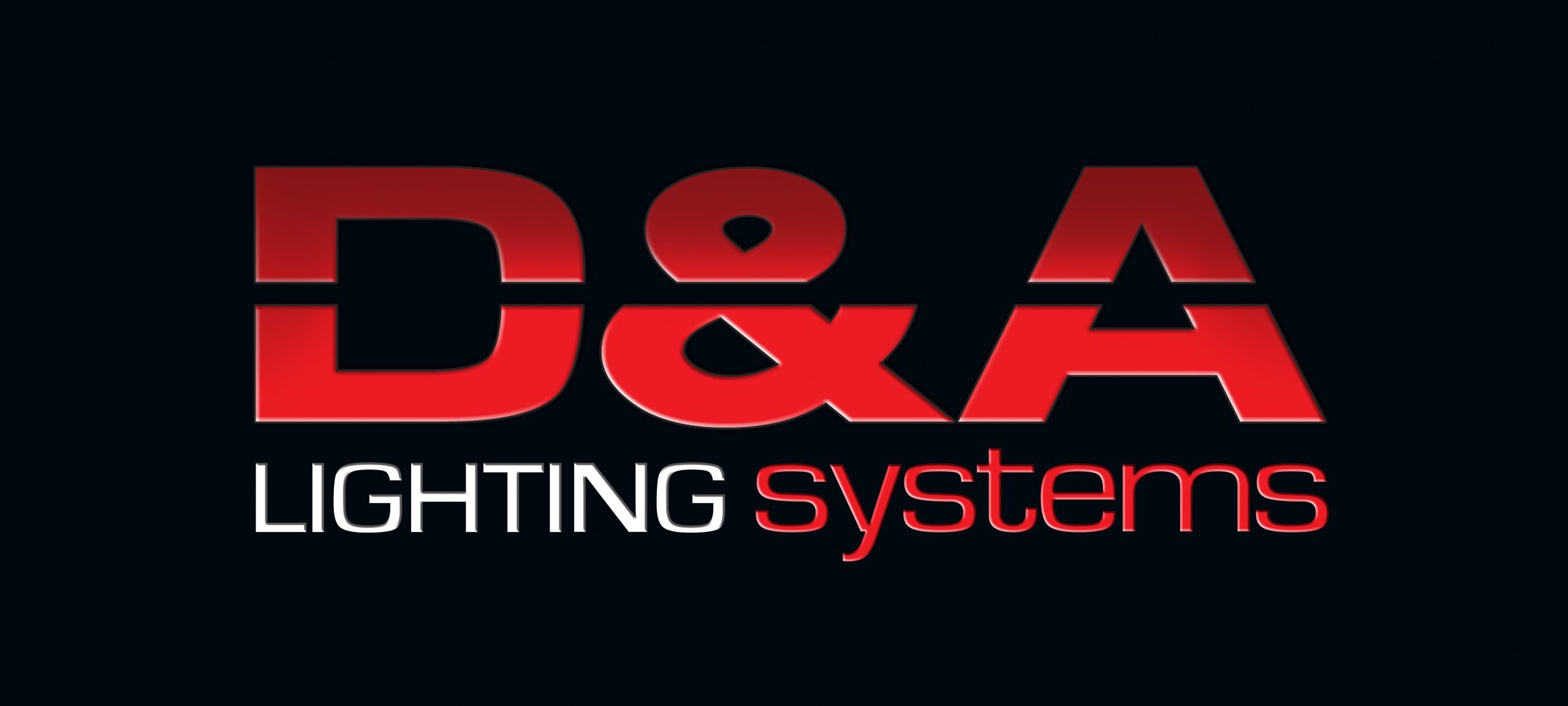When was the last time your club conducted a lighting audit? Lighting audits are an essential part of lighting maintenance and if it’s been a while, then it’s probably time to contact a lighting consultant.
What is a lighting audit?
A lighting audit is an investigative process that examines the health of your lighting fixtures and the standard of your current lighting setup. Administering regular lighting audits is an important, if underrated, part of sports lighting, and can prevent unexpected outages and light failures in the future. A lighting audit is always done before undertaking any retrofit, installation or lighting redesign project, however, an annual or biannual lighting audit will ensure that everything is running smoothly.
What does a lighting audit look for?
A lighting audit will determine whether lighting levels are too high or too low, if there’s any visual discomfort in the current lighting setup and the type, quantity, location and height of both lamps and fixtures. These checks are done via both visual inspection and light meter examination, which takes detailed numerical measurements of illumination levels.
The wattage of existing lights and the height of current lighting poles are also measured. These numbers are taken into account when identifying problem areas.
The auditing process
- The lighting consultant will do a walk-through of the area to observe and measure the quantity and quality of available light using a light meter. The quantity and location of any lighting fixtures and poles are also noted.
- Current and potential lighting problems are identified. Common problems caused by degradation and aging of fixtures include a lack of uniformity, non-compliant lighting levels and excess spill light.
- Problems are analysed and solutions are recommended. These solutions can be as simple as retrofitting old lights or as complex as devising and installing a brand-new lighting plan.
- The lighting consultant will discuss the next steps.
Lighting audits for tennis courts
When working with tennis courts, there are other considerations that your lighting consultant will want to take into account. First and foremost, the level of play on your court needs to be considered to determine how lighting levels are measured. For purely occasional or recreational courts, like domestic tennis courts, the lighting does not need to be as strong as the lighting for club courts. Conversely, courts hosting statewide, nationwide or international competition, will need even stronger lighting than local club courts. Court dimensions also need to be noted so that light readings can be taken in both the PPA (Principal Playing Area) and the TPA (Total Playing Area). These light readings are measured in lux and are measured 1 metre above ground level.
Common recommendations following an audit
- Lowering the height of lighting poles and fixtures – allows for more focused on-court lighting and reduces spill light on neighbouring properties.
- Retrofitting new lights onto existing poles – long-term solution for energy saving.
- Designing a brand new lighting plan for the court – for courts with either no existing lighting or non-compliant lighting setups.
Even if no major issues are identified during a lighting audit, your lighting consultant will provide you with some simple tips and tricks that will help you maintain your current lighting setup for years to come. To make an auditing appointment, contact us here today.
